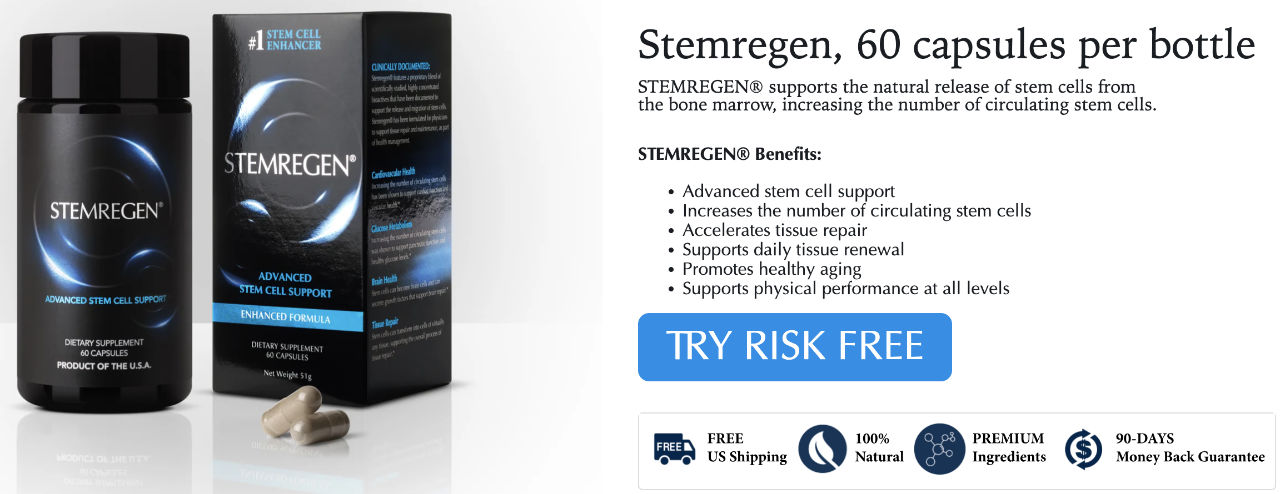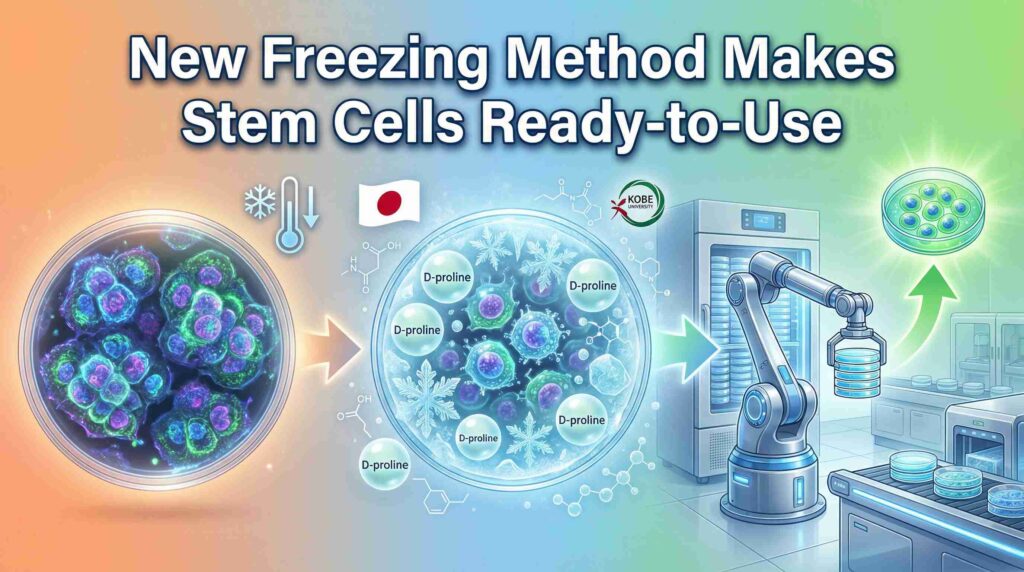Are you struggling with the long-term effects of a concussion or traumatic brain injury?
Do you worry that traditional treatments only mask symptoms without actually healing your brain?
A groundbreaking discussion on the Broken Brains podcast reveals how stem cell therapy could transform brain injury treatment and offer real healing instead of temporary fixes.
What Makes Stem Cell Therapy Different for Brain Injuries?
Traditional brain injury treatments focus on managing symptoms rather than repairing damage. Pharmaceutical interventions and therapies often numb the brain without addressing the root cause. Stem cell therapy takes a completely different approach by actually healing damaged brain tissue.
Sean Berman, a leading expert in stem cell research from American Cell Technology, explains that stem cells are how our bodies have naturally recovered from injuries for thousands of years. The problem is that as we age, we run out of these powerful healing cells.
When we don’t have enough stem cells, our bodies heal with white blood cells that form scar tissue instead of healthy, functional tissue.
How Stem Cells Find and Repair Brain Damage
The Science Behind Cellular Homing
One of the most fascinating aspects of stem cell therapy for brain injuries is how these cells know exactly where to go. Stem cells have a remarkable ability called chemotaxis – they can detect chemical signals from damaged areas and travel directly to sites of inflammation.
When you suffer a concussion or traumatic brain injury, your brain crashes into your skull, disrupting the blood-brain barrier. While this protective barrier heals quickly, the neurons inside take much longer to recover. These distressed neurons send out distress calls, essentially asking for help.
Research Proves Targeted Healing
Berman’s graduate research demonstrated this targeting ability using an animal model with a left frontal cortex injury. After injecting stem cells tagged with fluorescent markers through IV infusion, researchers could track the cells traveling directly to the injury site in the brain. This proves that stem cells are much smarter than we are at finding and treating specific areas of damage.
Why Your Own Cells Work Best
The DNA Advantage
Not all stem cell treatments are created equal. Many people travel overseas for stem cell therapy using donor cells from umbilical cords. However, these foreign cells contain different DNA than your own, causing your immune system to reject them within 24-72 hours.
Autologous stem cell therapy – using your own cells – offers several key advantages:
- Your body won’t reject cells with your own DNA
- Cells can stay in your system long enough to create lasting healing
- No risk of immune system complications
- Cells can differentiate into the exact tissue your body needs
Fat-Derived Stem Cells: The Optimal Source
The best source for your own stem cells isn’t bone marrow – it’s your fat tissue. Here’s why adipose-derived stem cells are superior:
| Cell Source | Lifespan | Harvesting Method | Cell Quality |
|---|---|---|---|
| Skin cells | Weekly turnover | Invasive | Poor due to constant use |
| Bone marrow | 8-day turnover | Very invasive | Moderate |
| Fat cells | 8-10 years | Minimally invasive | Excellent – rarely used |
A single tablespoon of fat can yield approximately 20 million stem cells, and these cells have only worked 8 times in an 80-year-old person’s lifetime, making them remarkably fresh and potent.
Real Results from Clinical Applications
Multiple Sclerosis Improvements
The Cell Surgical Network has tracked patient outcomes for over a decade, following hundreds of patients. Their unpublished data shows that multiple sclerosis patients experienced a 52% decrease in symptoms over two years after receiving IV stem cell infusions.
Treatment for Long-Term Brain Damage
Even veterans who suffered blast injuries years ago can benefit from stem cell therapy. While stem cells cannot reverse existing scar tissue, they can:
- Repair supporting microglial tissue around neurons
- Improve the brain’s vascular system
- Create a better environment for existing neurons to function
- Reduce ongoing neuroinflammation
The Future of Brain Injury Treatment
Personal Stem Cell Banking
American Cell Technology offers a revolutionary approach: personal stem cell banking. You can have fat tissue harvested once and processed in an FDA-registered facility. The stem cells are then cultured, expanded, and cryopreserved, giving you access to millions of your own young, healthy cells for future treatments.
This approach allows for:
- Multiple treatments using the same cell harvest
- Cells preserved at their youngest, healthiest state
- Quantifiable cell counts for each treatment
- Customized treatment protocols based on your specific needs
Beyond Brain Injuries
Stem cell therapy shows promise for treating various neurological conditions including:
- Parkinson’s disease
- Alzheimer’s disease
- PTSD
- Chronic traumatic encephalopathy (CTE)
- Various autoimmune conditions
Taking Action: What You Need to Know
If you’re considering stem cell therapy for brain injury recovery, remember these key points:
- Timing matters – Earlier treatment typically yields better results
- Use your own cells – Autologous therapy is safer and more effective
- Choose reputable providers – Work with FDA-registered facilities
- Consider banking – Preserve your cells while you’re younger and healthier
The field of regenerative medicine is advancing rapidly, with new clinical trials and research studies showing promising results. For those suffering from brain injuries, stem cell therapy represents hope for actual healing rather than just symptom management.


